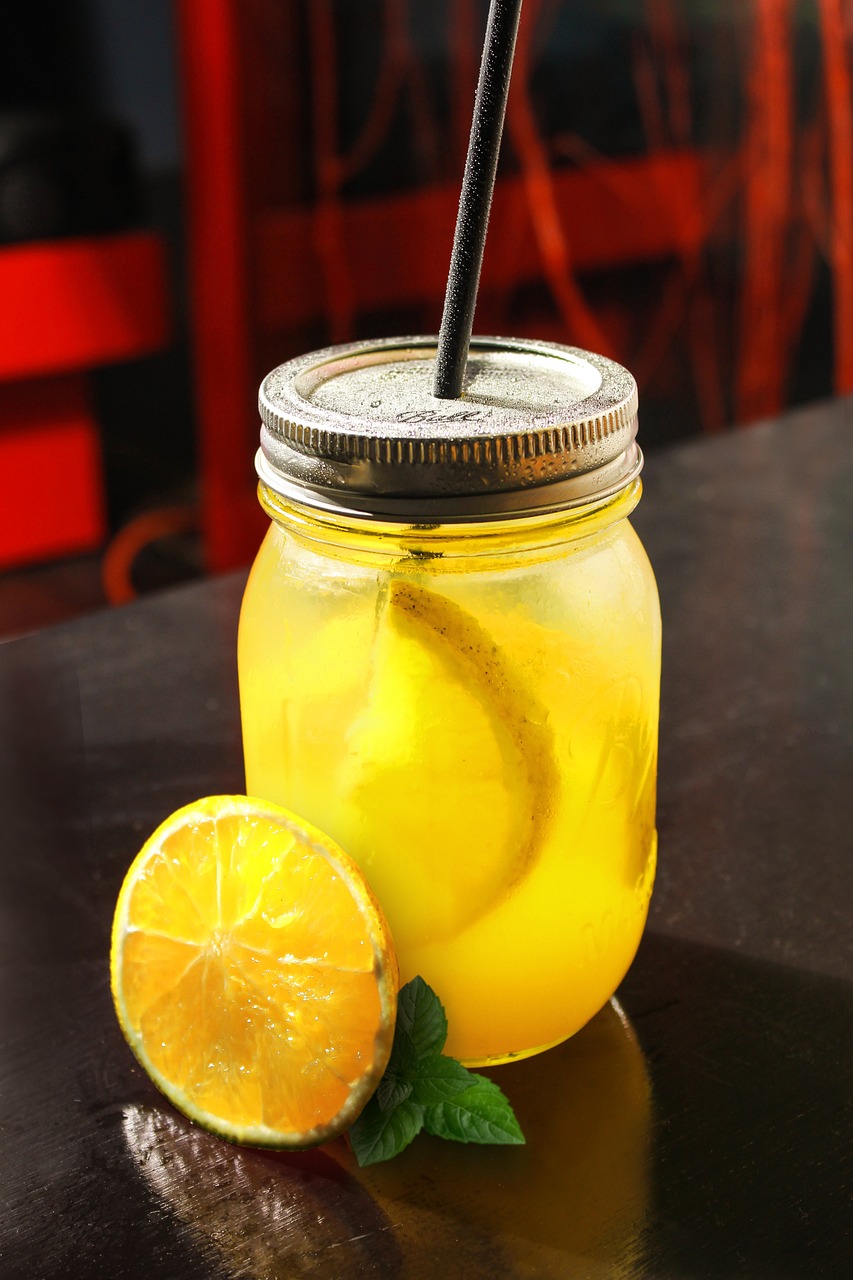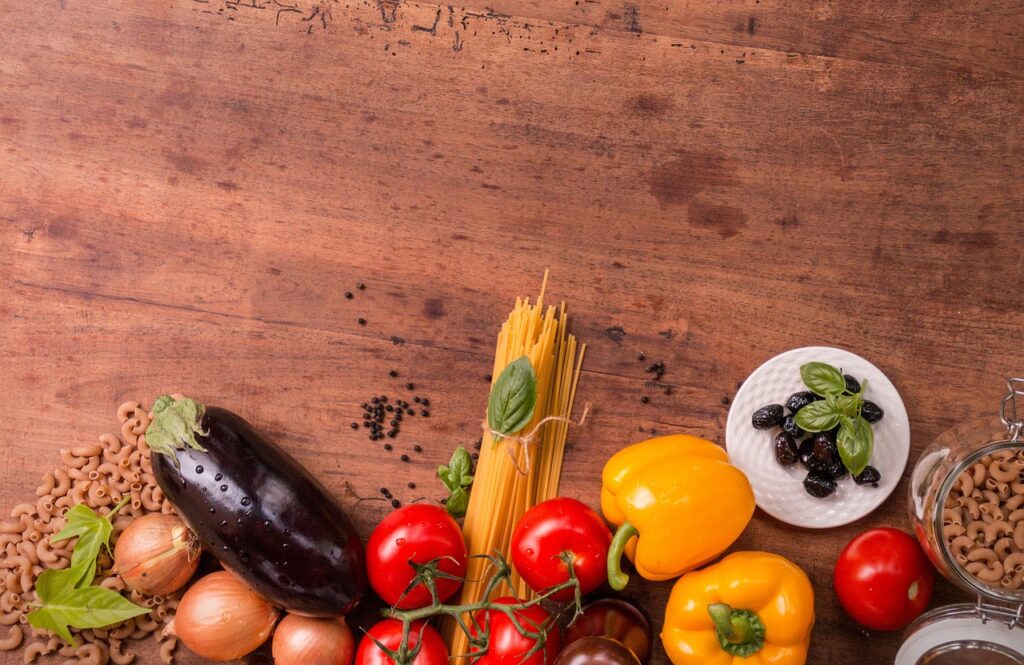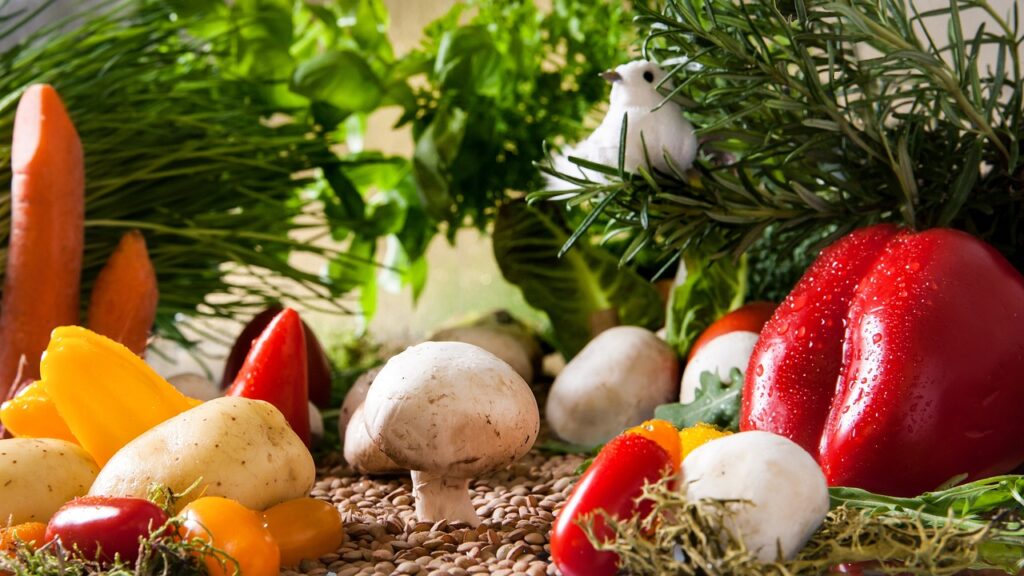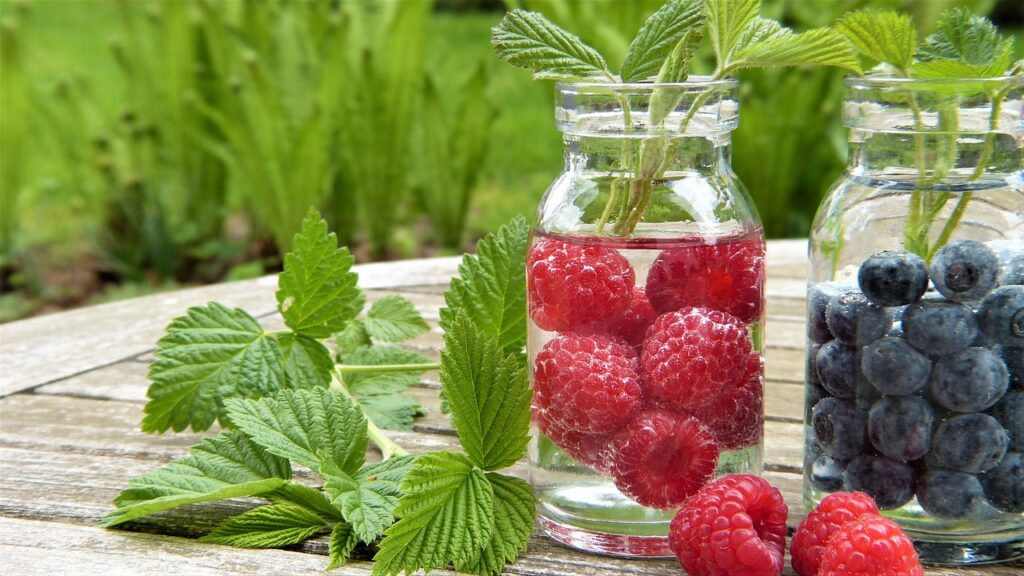Hey green champions and raw food enthusiasts! Ever pondered the impact your food storage choices have on the planet? Let’s embark on a journey through “Eco-Friendly Packaging: Making Conscious Choices for Raw Food Storage” and discover how we can keep our raw goodies fresh while giving Mother Earth a big, leafy hug.
1. The Plastic Predicament: Bidding Adieu to the Clingy Culprit
Ah, plastic – the clingy culprit in the kitchen. Let’s break up with single-use plastic wrap and opt for more sustainable alternatives. Beeswax wraps, silicone lids, and reusable containers are like the eco-friendly superheroes of food storage, keeping your raw treats fresh without the guilt.
2. Mason Jars: The Timeless Classic for Raw Goodness
Enter the timeless hero of the sustainable kitchen – the mason jar. These glass wonders are perfect for storing everything from overnight oats to vibrant salads. Plus, they’re reusable, recyclable, and have that charming rustic vibe. It’s like a jar of nostalgia with a side of eco-consciousness.
3. Glass Containers: See-Through and Planet-Friendly
Speaking of glass, invest in some sturdy glass containers. They’re durable, won’t leach harmful chemicals into your food, and you can easily see what’s inside. Perfect for storing raw snacks, prepped veggies, or even that colorful layered parfait you’ve been dreaming about.
4. Stainless Steel Bliss: Containers That Can Take the Heat
For those who like a touch of modernity in the kitchen, stainless steel containers are your go-to. They’re lightweight, durable, and can handle the heat – literally. Say goodbye to the microwave meltdowns and hello to sustainable, stainless steel storage for your raw culinary creations.
5. Beeswax Wraps: Buzzing with Sustainable Goodness
Beeswax wraps are the cool kids on the block. These wraps are made from cotton infused with beeswax, jojoba oil, and tree resin. They mold to the shape of your food, creating a natural seal. Wrap up your raw sandwiches or cover that half-eaten avocado – beeswax wraps have you covered.
6. Cardboard and Paper: Boxed Up and Earth-Friendly
When it comes to packaging dry goods, think outside the plastic bag. Opt for cardboard or paper packaging for items like nuts, seeds, and grains. These materials are often recyclable and compostable, giving you a guilt-free pantry.
7. Biodegradable Bags: A Green Home for Your Greens
For those leafy greens and fresh herbs, consider biodegradable bags. They offer the convenience of plastic bags without the environmental aftermath. When you’re done, toss them in the compost bin, and they’ll gracefully return to the earth.
8. DIY Containers: Upcycling for the Win
Feeling crafty? Upcycle old glass jars or tin cans for your raw food storage. Give them a fresh coat of paint, add some labels, and voilà – you’ve got unique, eco-friendly containers with a story to tell. It’s like turning trash into treasure, one storage container at a time.
Wrapping It Up: Fresh and Green, Just Like Your Raw Lifestyle
And there you have it – “Eco-Friendly Packaging: Making Conscious Choices for Raw Food Storage.” Let’s keep our raw goodies fresh and our planet even fresher. Because when it comes to food storage, the only thing we want to leave behind is a legacy of eco-conscious choices. Here’s to packaging that’s as fresh and green as your raw lifestyle!
Sustainable Living Exploration:
- Mindful Eating and Sustainability: The Connection between Food Choices and the Planet
- Community Supported Agriculture (CSA): A Sustainable Approach to Raw Eating
- The Impact of Water Footprint: Hydration Choices in a Raw Lifestyle
- Reducing Energy Consumption: Smart Kitchen Practices for Raw Food Enthusiasts
- Ethical Sourcing: Choosing Fair Trade and Sustainable Raw Ingredients
- Seasonal Eating: The Environmental Benefits of Aligning Your Diet with Nature
- Gardening for Raw Food Enthusiasts: Growing Your Ingredients at Home
- Eco-Friendly Packaging: Making Conscious Choices for Raw Food Storage
- From Farm to Fork: The Environmental Impact of Raw Food Choices
- Zero-Waste Kitchen: Tips for Minimizing Food Waste in a Raw Food Lifestyle



